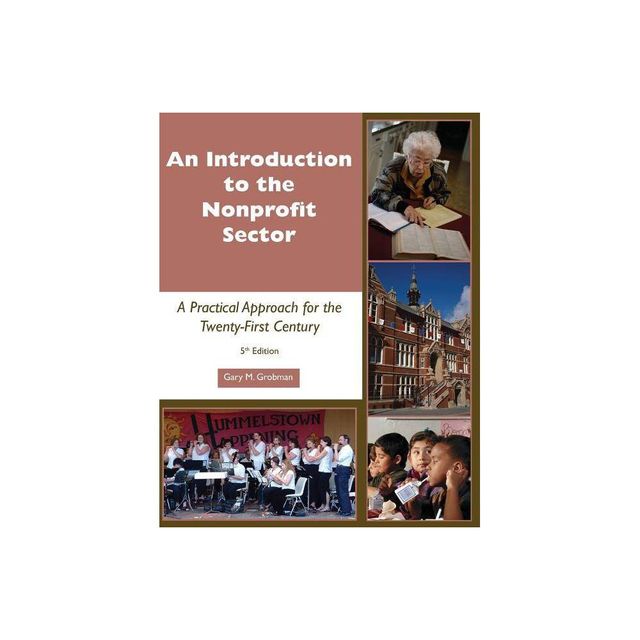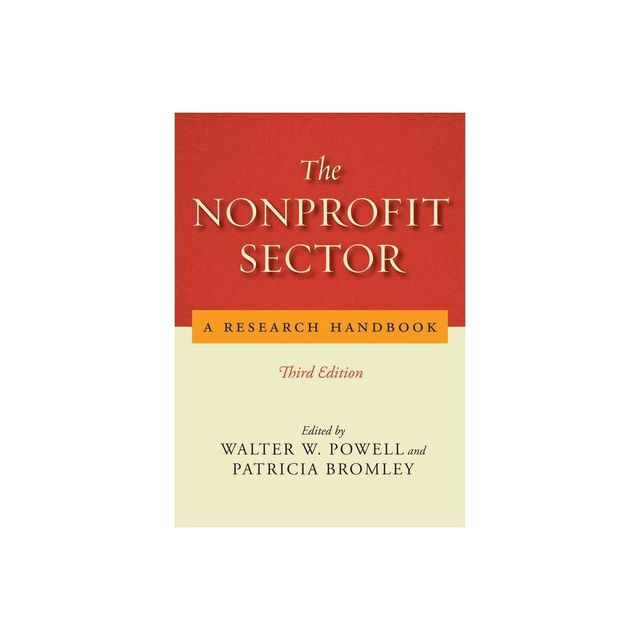Home
Braided Threads: A Historical Overview of the American Nonprofit Sector / Edition 1
Loading Inventory...
Barnes and Noble
Braided Threads: A Historical Overview of the American Nonprofit Sector / Edition 1
Current price: $51.99


Barnes and Noble
Braided Threads: A Historical Overview of the American Nonprofit Sector / Edition 1
Current price: $51.99
Loading Inventory...
Size: OS
*Product Information may vary - to confirm product availability, pricing, and additional information please contact Barnes and Noble
The United States today supports the strongest, most varied nonprofit sector in the world, an economic force of about $2 trillion, responsible for 5.4% of the nation's Gross Domestic Product in 2014, and accounting that year for 10.3% of the country's private-sector workforce. Roughly three-quarters of all households in America give to charity, with the average total donation being $2,030 annually. Yet for all this, few Americans, and more specifically, a surprisingly small proportion of the sector's practitioners, know where the nonprofit sector came from, or how it developed and came to be what we know it as today. This work is a historical overview of that sector, presented less as a chronology than as a discussion of the major influences-some legal, some social, some political-that helped shape the arena.
The core message of the book is that the developmental trajectory of nonprofits has not been a straight line. Rather, its path over the years might be compared to that of a pinball, moving straight and building up momentum for a time, but then ricocheting off some event or social trend and taking off in a new direction altogether. Equally important, however, the sector is also the product of a founding genome that came out of colonial, Puritan-inspired New England and spread as that culture and its values became one of the dominant forces in American society. Knowing this history is a prerequisite for understanding and appreciating the character of this deeply influential part of American social culture.
The core message of the book is that the developmental trajectory of nonprofits has not been a straight line. Rather, its path over the years might be compared to that of a pinball, moving straight and building up momentum for a time, but then ricocheting off some event or social trend and taking off in a new direction altogether. Equally important, however, the sector is also the product of a founding genome that came out of colonial, Puritan-inspired New England and spread as that culture and its values became one of the dominant forces in American society. Knowing this history is a prerequisite for understanding and appreciating the character of this deeply influential part of American social culture.


















